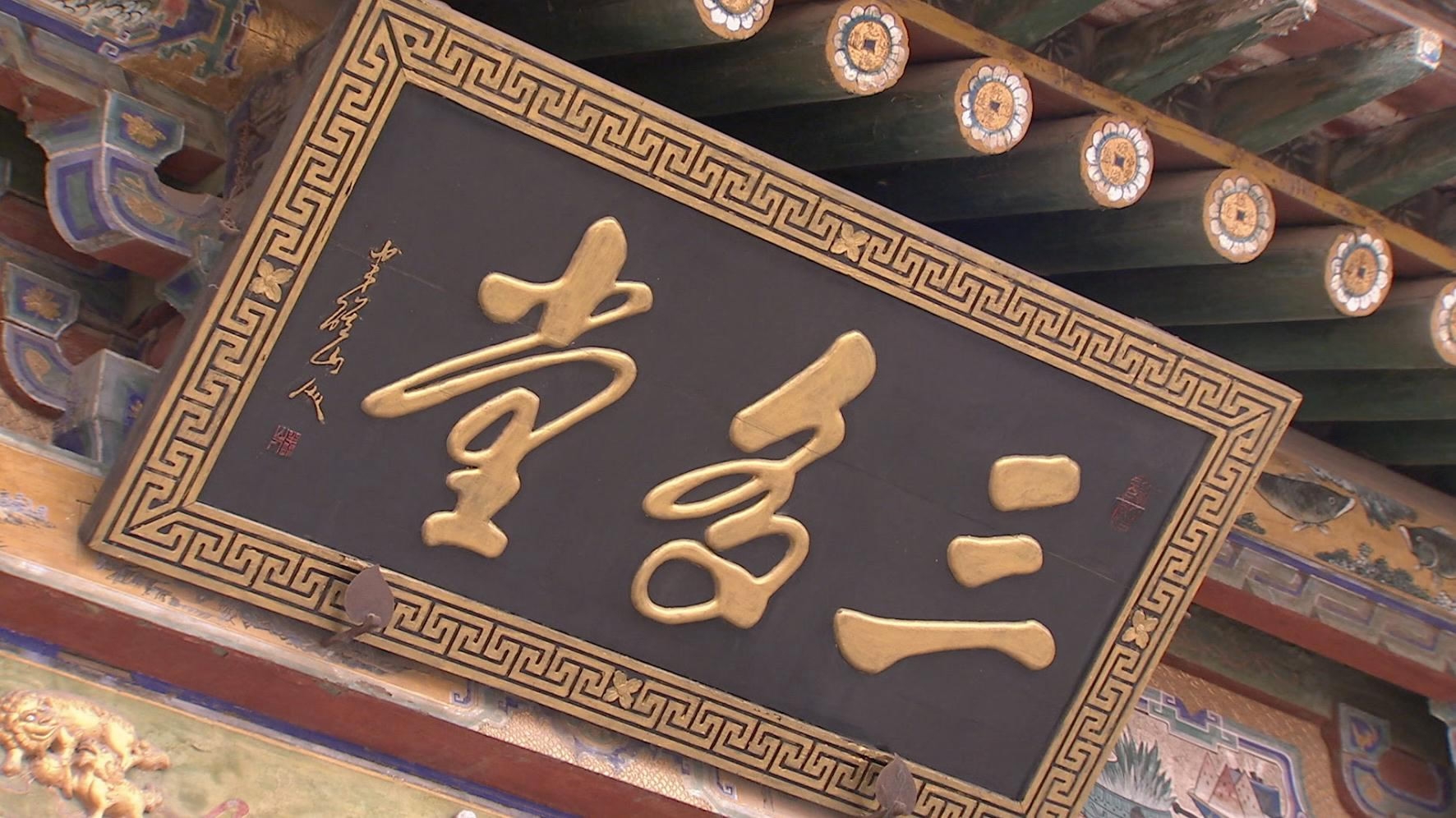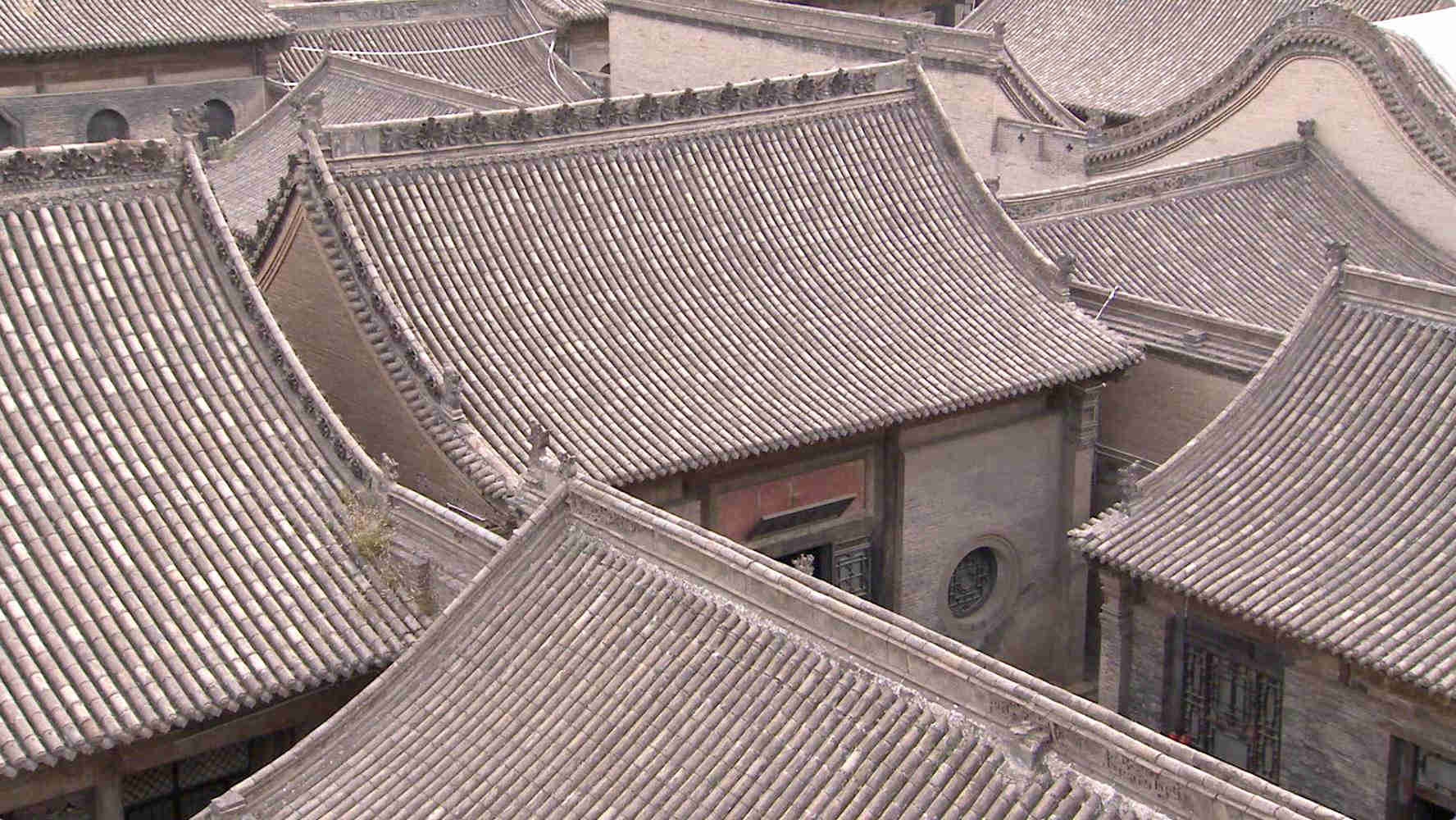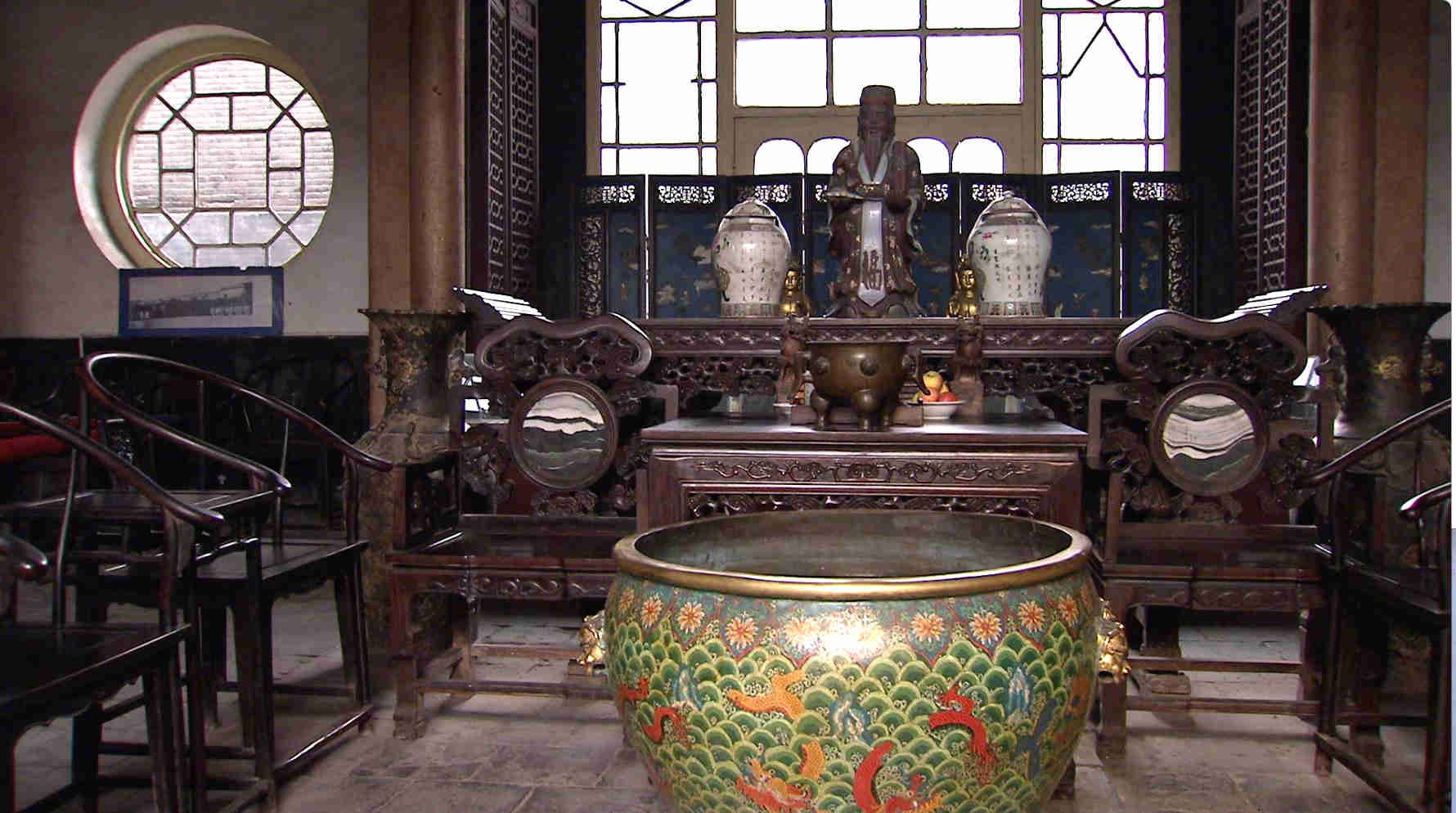By CGTN’s Xu Zhengyin, Min-Zhui Lee
If you ever happen to visit Taigu county in north China's Shanxi Province, chances are you would never guess it was once the richest places in the country.
The seemingly ordinary town
lies 500 kilometers southwest of Beijing with its population of 300,000. It is lined with crumbling walls and crisscrossed with cobbled lanes, dotted with vendor carts and wheelbarrows.
So, how did it get its nickname
as “China’s Wall Street”?
Taigu
was one of the three hometowns of the jinshang, or the “Shanxi
merchants”. They were the nation’s most powerful and prominent businessmen
during the Ming and Qing dynasties.
The huge wealth of Shanxi merchants was initially accumulated by trading salt. They then expanded into a range of industries including cotton, tea, medicine, fur and finance and for 500 years, they thrived.
Today, in Taigu, their legacy lingers in the form of expansive courtyard homes - two, in particular.

Cao Family Compound /CGTN Photo
Perhaps the most famous one is the castle-like Cao Family Compound which was finished in the late 1800s. It measures 98 meters north to south and 110 meters east to west, boasting 277 rooms (Who would’ve thought such a huge fortune could be made from selling bean curd?).

Cao Family Compound /CGTN Photo
The other one is the Kong Family Compound, said to be the best-preserved home built in a mid-Qing dynasty architectural style. It belonged to Dr. H. H. Kung, a leading figure in the Nationalist government during the 1930s and 1940s.

A second-storey bedroom in the Kong Family Compound /CGTN Photo
Back then, these dwellings would have exceeded the strict imperial construction limits decreed, but special privileges were granted to Shanxi merchants, with their cash and court connections.

Inside the Kong Family Compound /CGTN Photo
Now that you know about China’s ancient Wall Street, if you ever happen to pass by Taigu county, keep an eye out for its glorious, glorious past.
434km










